Context:
India is planning to build an International Container transshipment port (ICTP), as part of a mega-project at Galathea Bay in Great Nicobar Island in the Andamans.
More on News:
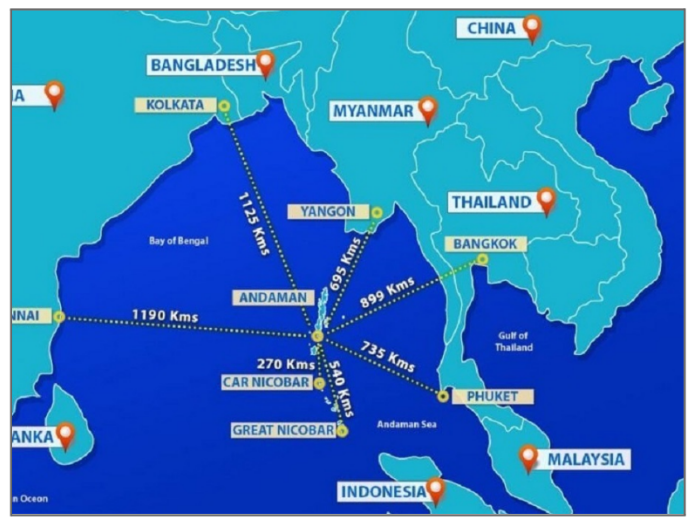
Salient features of the Project:
Concerns: Conservationists have outlined many threats to the ecology — including those to endangered fauna, the feeling of 800,000 trees, and the impact on local tribes (Shompen and Nicobarese).
Way forward: Developing the Transhipment hub is a visionary step, which may serve India’s long term strategic and maritime and business interests.
Source: Business Standard
Context:
The Swachh Bharat Mission has transformed one side of swachata, now focus on getting latest technologies to transform Waste to Energy and Wealth in a major mission’.
More on news:
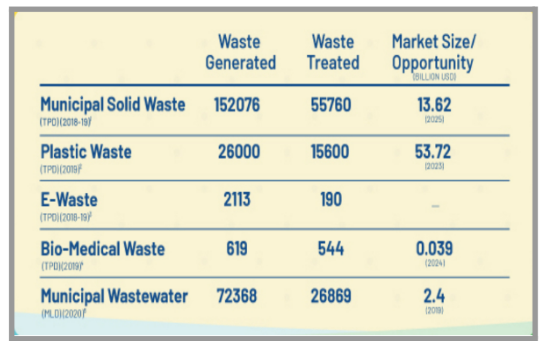
What is Waste to Wealth?:
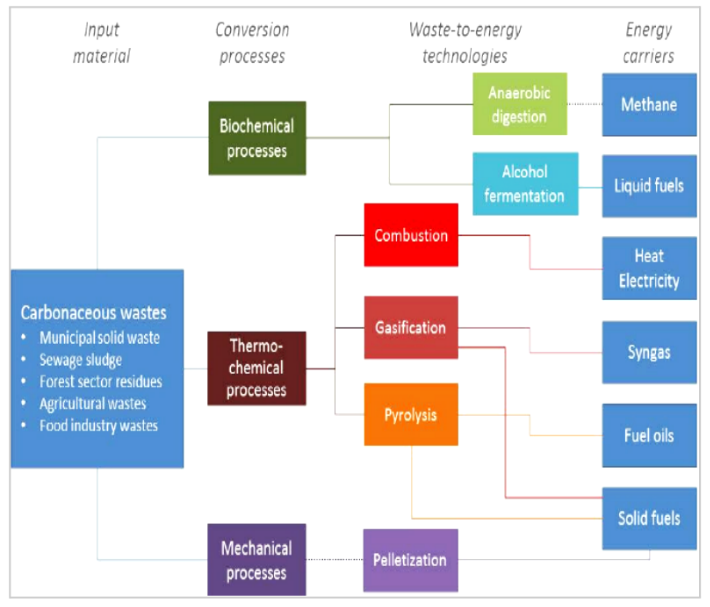 Waste to Energy (WTE) is integral to waste to wealth and various technologies that convert non-recyclable waste into usable forms of energy including heat, fuels and electricity.
Waste to Energy (WTE) is integral to waste to wealth and various technologies that convert non-recyclable waste into usable forms of energy including heat, fuels and electricity.Other Major initiative
Source: The Economic Times
Context:
The Reserve Bank of India has introduced revised guidelines for banks to categorize their investments in alignment with global standards which will be effective from April 1, 2024.
Revised Norms:
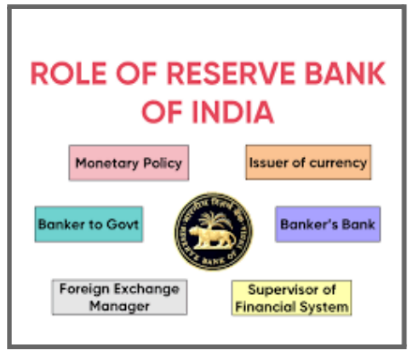
Benefits Of Move:
These changes are expected to enhance financial reporting quality, improve disclosures, boost the corporate bond market, and strengthen banks’ risk management.
Source: Business Standard
India’s Inflation Higher than Peers
Context:
India’s peers among the largest economies in the world have broadly been seeing a declining trend in inflation in recent months.
Key Points:
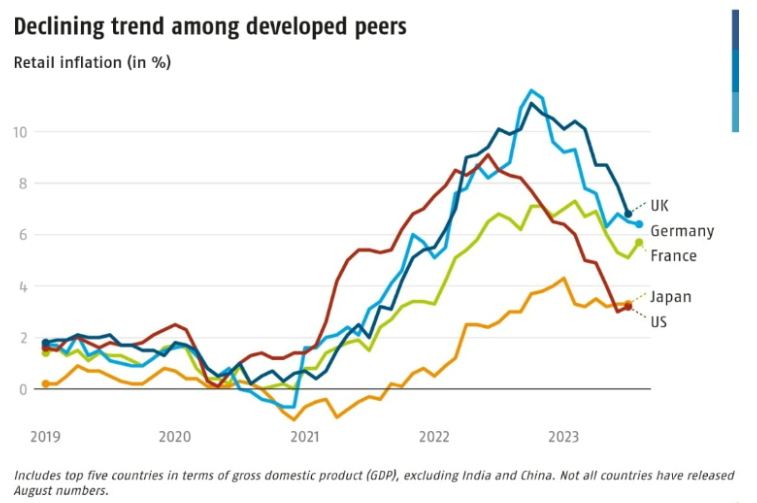
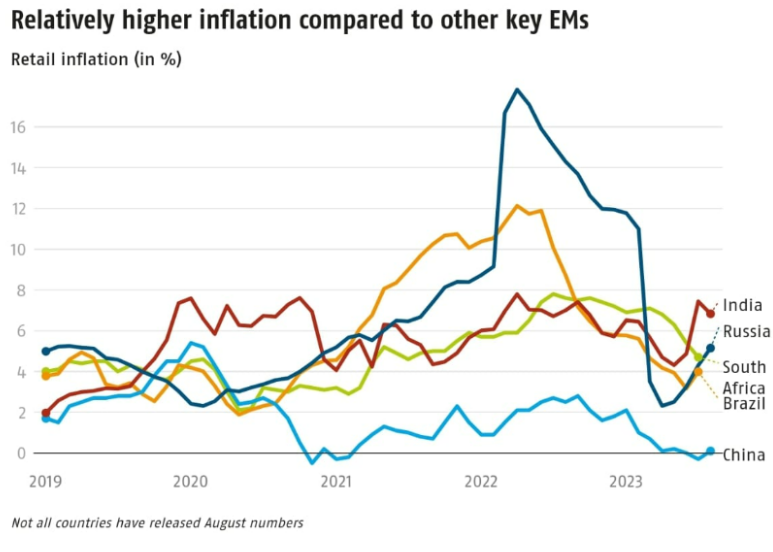 Government Action: India responded to rising prices by reducing domestic liquefied petroleum gas prices and implementing export bans on food items.
Government Action: India responded to rising prices by reducing domestic liquefied petroleum gas prices and implementing export bans on food items.| Libya
|
Dams bursting during a storm caused severe damage to a quarter of Libya’s eastern city, Derna.
About Libya:
|
| Floodplain Loss
|
Researchers have created a comprehensive global dataset spanning 15 million square kilometers of floodplains across 520 major river basins from 1992 to 2019.
Key Findings from the Study on Global Floodplain Alterations (1992-2019):
|
| Nipah Outbreak
|
Context:
The recent outbreak of the Nipah virus in Kerala has claimed several lives. About Nipah Virus:
|
| Retail Inflation in India | Retail inflation in India decreased from July’s 15-month high of 7.44% to 6.83% in August, primarily due to a decline in vegetable prices.
Food Inflation Decline:
Core Inflation and Bond Markets:
|
Context:
More about the news:
What is a multilateral institution(MI)?
|
Need of the Multilateral Institutions:
Emergence of multilateralism:
Fading Multilateral Order:
Challenges with multilateral institutions(MI):
Challenges faced by other MI:
|
Challenges in reforming multilateral institutions:
Way Forward:
Concerns raised by India against MI:
|
News Source: DTE
Context:
Union Petroleum & natural gas minister outlined that Global Biofuels Alliance will work on the definition and specification of biofuels.
Ethanol Blending:
|
More on News:
About Global Biofuels Alliance:
What are Biofuels?
 They are categorized based on their source, with each category known as a “generation.”
They are categorized based on their source, with each category known as a “generation.” Various Government Initiatives to Promote Biofuels:
Benefits of Biofuels:
Challanges:
Way Forward:
News Source: Livemint
SC Verdict on Newsclick Shows Adherence to Due Pro...
Stay Invested: On Chabahar and India-Iran Relation...
Credit Rating Agencies, Impact on India’s De...
Catapulting Indian Biopharma Industry
Globalisation Under Threat, US Import Tariffs Have...
Global Report on Hypertension, Global Insights and...
<div class="new-fform">
</div>
